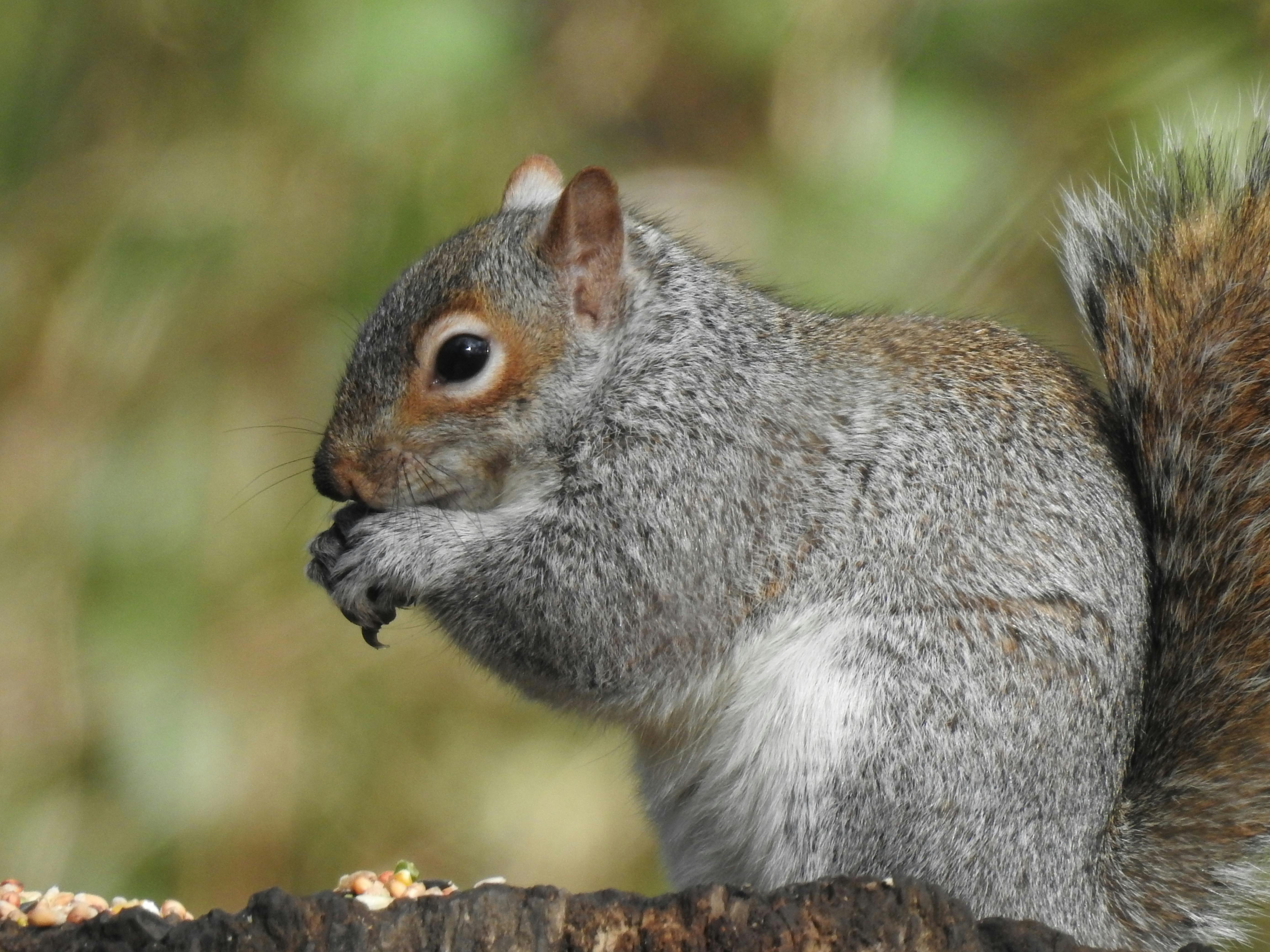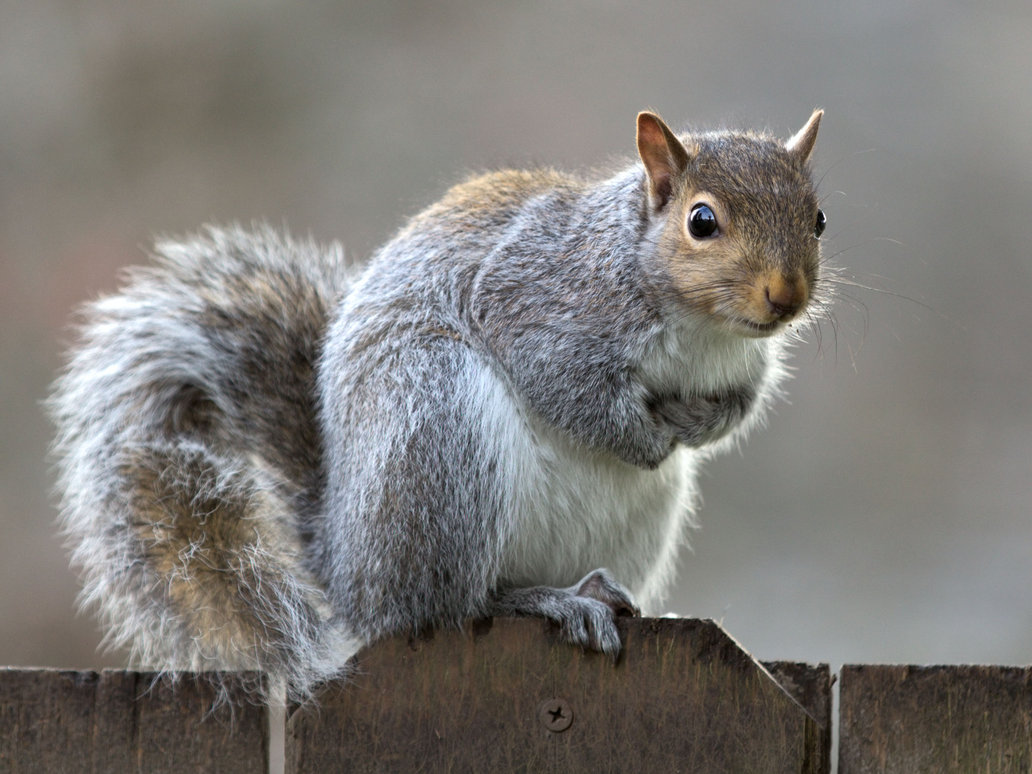

Roughly spherical and typically 30cm (1ft.) diameter.

Composed of leaves and twigs lined with moss. not in latrines).ĭens: Referred to as “dreys”, usually in trees (occasionally on ground). Droppings are dry, tubular ~1cm (0.4 in.) long and deposited during activity (i.e. Various calls including aggressive 'quaa-ing' and 'chittering' (made by rubbing incisors) when disturbed, often accompanies by flicking of tail. Active throughout day during autumn activity diminishes to about 4 hours or less (mornings) in winter, before increasing again to between 3 and 8 hours - frequently bimodal - in spring and summer. Distance between genital openings can be used to sex squirrels during handling.Īctivity: Diurnal seasonally sporadic activity patterns. Sexing: Impossible at distance during breeding season close inspection reveals swollen testes. 4-5 yrs for females and 2-3 yrs for males, although most probably survive less than 2 yrs. Longevity: Oldest captive specimen was 20 yrs Wild ave. Fragmented populations exist in Scotland, Wales and Ireland. In UK, Greys found throughout England, although they’re absent from Isle of Wight and apparently scarce from north Pennines to Southern Uplands (ca. Melanistic and albino Greys rare white individuals may be locally common.ĭistribution: Native to oak-hickory forests of eastern NE America first recorded introduction was to Cheshire in 1873, but may have been present since late 1820s. – seasonally variable) in UK.Ĭolour: Typically grey-backed, grey tails and white (or significantly lighter) underside flanks vary from grey to dusky red. Weigh from 400 to 700 grams (14–25 oz.), with most specimens across Europe between 450 and 650g (16 – 23 oz.) average about 550g (19.5 oz. 55cm (~2ft), of which 25cm (10 in.) may be tail average about 26cm (~1ft) including tail. Credit: Marc Baldwin The Grey squirrel at a glance The Eastern Grey squirrel (Sciurus carolinensis). In the meantime, many people enjoy the antics of probably the only squirrel species they’d be likely to see in their small city gardens. Projects are still underway that aim to remove the species from key Red squirrel habitat in the UK, but it remains to be seen how successful this will be in the long term. Today, Greys have expanded their range throughout most of mainland Britain and parts of Ireland and have continued to increase their range even in the face of sustained persecution from humans. On the other side of the coin, however, Greys are a non-native species, introduced during the 19th century (the earliest verifiable record in 1876, but unconfirmed reports from as early as 1828) and arguably now represent one of the most invasive species in the UK. Red squirrels are far more arboreal than Greys and this means they’re less easy to observe they also take less readily to parks and small gardens than Greys. On the one hand Greys represent one of the few species that thrive in our increasingly urbanised country and, as a result, are a species that many people enjoy watching and interacting with in their parks and gardens.

These placed relatively high in the forks of trees.The Grey squirrel is very much a “Marmite species” in Britain, with people tending either to love or hate it.

Obtain hydration from mother until independent.Majority of water is obtained through food sources, but they will drink from streams, ponds, puddles, and pools of standing water that collects in tree cavities.The young feed on milk from the mother for the first 7-10 weeks after birth.They will also eat bird eggs and nestlings, frogs, and bones.In winter months, they feed on seeds from oaks, hickory, walnut, and pecan trees as well as other nuts and pinecones.They also feed on fruits from wild cherry, dogwood, hawthorn, and gingko. In summer months, they feed on plant buds, mushrooms, crops, and some insects.


 0 kommentar(er)
0 kommentar(er)
